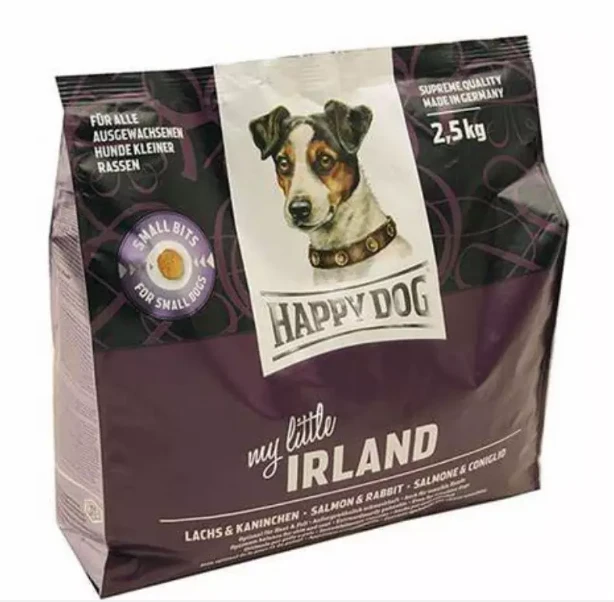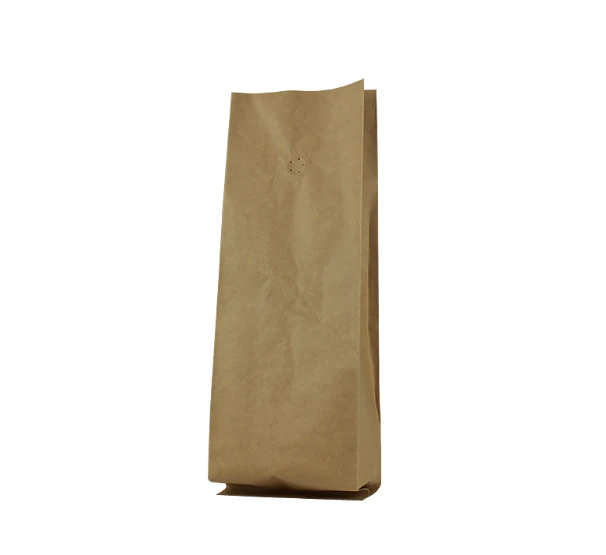- Afrikaans
- Albanian
- Amharic
- Arabic
- Armenian
- Azerbaijani
- Basque
- Belarusian
- Bengali
- Bosnian
- Bulgarian
- Catalan
- Cebuano
- chinese_simplified
- chinese_traditional
- Corsican
- Croatian
- Czech
- Danish
- Dutch
- English
- Esperanto
- Estonian
- Finnish
- French
- Frisian
- Galician
- Georgian
- German
- Greek
- Gujarati
- haitian_creole
- hausa
- hawaiian
- Hebrew
- Hindi
- Miao
- Hungarian
- Icelandic
- igbo
- Indonesian
- irish
- Italian
- Japanese
- Javanese
- Kannada
- kazakh
- Khmer
- Rwandese
- Korean
- Kurdish
- Kyrgyz
- Lao
- Latin
- Latvian
- Lithuanian
- Luxembourgish
- Macedonian
- Malgashi
- Malay
- Malayalam
- Maltese
- Maori
- Marathi
- Mongolian
- Myanmar
- Nepali
- Norwegian
- Norwegian
- Occitan
- Pashto
- Persian
- Polish
- Portuguese
- Punjabi
- Romanian
- Russian
- Samoan
- scottish-gaelic
- Serbian
- Sesotho
- Shona
- Sindhi
- Sinhala
- Slovak
- Slovenian
- Somali
- Spanish
- Sundanese
- Swahili
- Swedish
- Tagalog
- Tajik
- Tamil
- Tatar
- Telugu
- Thai
- Turkish
- Turkmen
- Ukrainian
- Urdu
- Uighur
- Uzbek
- Vietnamese
- Welsh
- Bantu
- Yiddish
- Yoruba
- Zulu
package design software
The Evolution and Importance of Package Design Software
In today's fast-paced consumer market, package design plays a crucial role in product success. First impressions are paramount, and the packaging is often the first point of interaction between consumers and a product. As such, businesses increasingly realize that well-designed packaging can influence purchasing decisions, enhance brand identity, and elevate user experience. To achieve effective packaging solutions, many companies are turning to package design software, which streamlines the creative process and enhances design capabilities.
The Role of Package Design Software
Package design software refers to a variety of digital tools and applications that assist designers in creating packaging layouts, prototypes, and artwork. These tools range from basic graphic design software to sophisticated 3D modeling applications that allow designers to visualize the final product in a realistic setting. Some popular options include Adobe Illustrator, Esko, ArtiosCAD, and Packly.
The primary role of package design software is to simplify the process of designing packaging while ensuring that designs are aesthetically pleasing and functionally robust. These programs provide templates, layering capabilities, and a wide array of design elements that facilitate creativity. Additionally, they often include features for collaboration, enabling teams to work together seamlessly—an essential aspect of modern design workflows.
Enhancing Creativity and Innovation
One of the significant advantages of using package design software is that it promotes creativity and innovation
. Traditional design methods can be time-consuming and limited by physical materials, but digital tools allow designers to experiment with various styles, colors, textures, and forms without the need for costly prototypes. With the extensive libraries of 3D models and templates available in these software programs, designers can envision unique solutions and push the boundaries of traditional packaging design.Moreover, package design software often incorporates cutting-edge technologies like augmented reality (AR) and virtual reality (VR), providing designers with novel ways to visualize their creations. By integrating these technologies, designers can create immersive presentations that showcase how the packaging will look in real life, offering clients and stakeholders a more engaging experience. Such innovations not only enhance the design process but also allow for more detailed feedback and collaborative revisions.
package design software

Streamlining Production Processes
In addition to fostering creativity, package design software streamlines the production workflow. By allowing designers to produce accurate digital proofs, these tools help eliminate costly errors that can occur during the physical production stage. Features like barcode integration, dieline generation, and material specifications ensure that the design aligns with manufacturing requirements.
Furthermore, many software programs are equipped with tools for sustainability analysis. With increasing consumer demand for eco-friendly packaging, designers can evaluate the environmental impact of their choices, from materials to disposal methods. This capability encourages responsible design practices, aligning with the growing trend of sustainability in packaging.
Meeting Market Demands
As market demands evolve, speed and flexibility have become critical in package design. Businesses must be ready to adapt to changing consumer preferences and emerging trends. Package design software allows for rapid prototyping and adjustments, enabling companies to respond quickly to customer feedback and market changes. This agility is crucial in staying competitive, especially in industries where products are frequently launched or updated.
Moreover, with e-commerce continuing to thrive, packaging must cater not only to in-store appeal but also to shipping and handling considerations. Software that simulates shipping scenarios and optimizes pack-out can help designers create packaging that protects products during transit while still attracting consumers online.
Conclusion
In conclusion, package design software is transforming the landscape of packaging design. By enhancing creativity, streamlining production, and meeting ever-evolving market demands, these tools are vital for any organization looking to succeed in a competitive marketplace. As technology continues to advance, we can only expect package design software to become more sophisticated, opening new avenues for innovation and excellence in packaging design. Embracing these technologies will be essential for businesses aiming to create impactful, memorable packaging that resonates with consumers.













